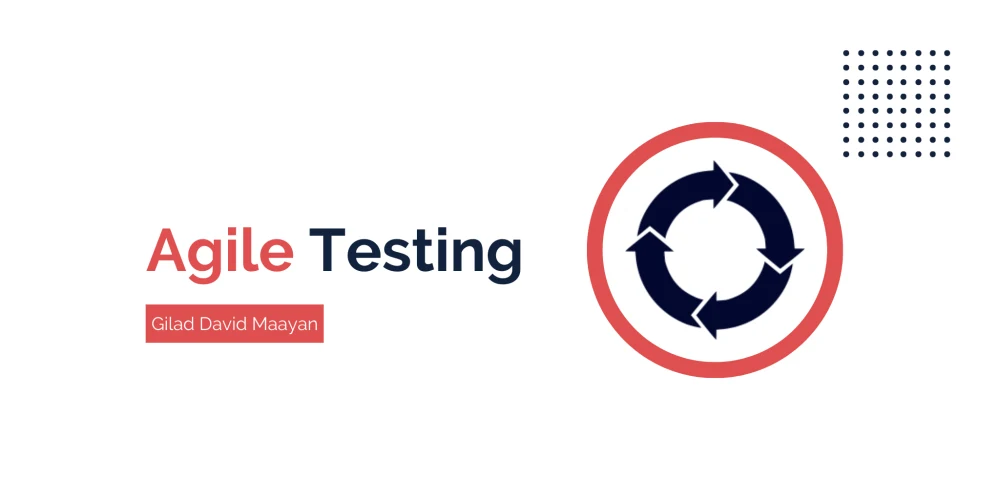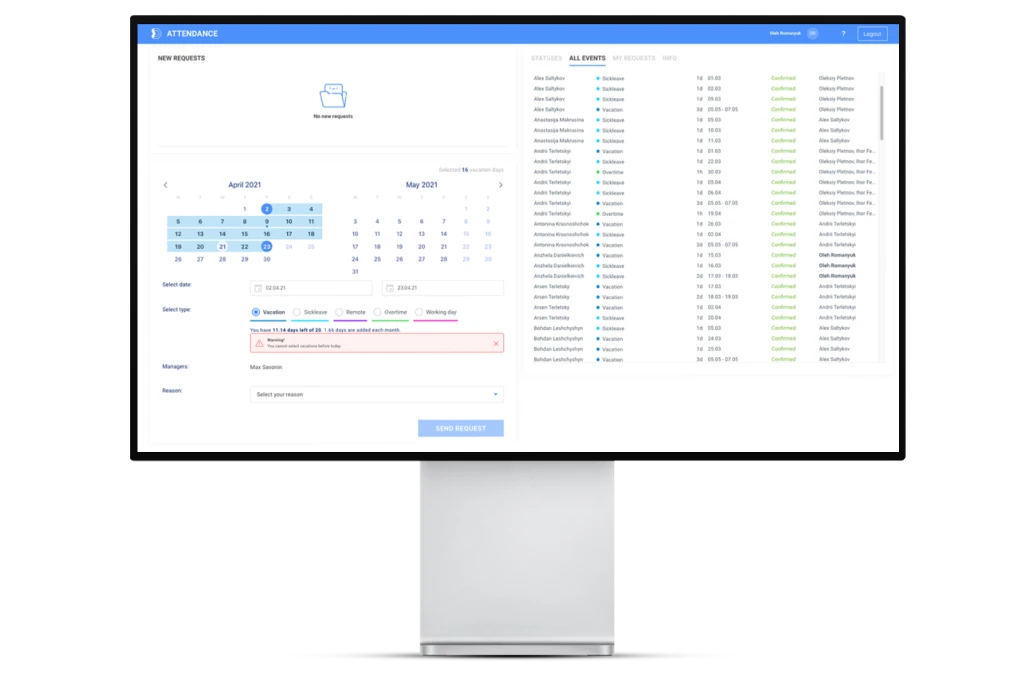
Modern software development relies on speed. Application code is deployed frequently, sometimes even hourly. This is particularly true as software development moves towards cloud-nativity and continuous integration and delivery. Customers are demanding frequent, consistent, and reliable updates and feature releases. These demands put pressure on software engineering teams to improve their efficiency without sacrificing code quality.
Traditional development methods often take a long time to complete and prevent fast deployment. To speed up the process, testing is often made a lower priority or even skipped completely. The side effects of this neglect are bad code and defective or insecure software.
Agile software testing methods can help software development teams develop good code that meets customer demands without requiring such sacrifices.
In this article, you’ll learn what agile testing is, how the quality of a piece of code is measured, and how you can use agile testing to ensure high quality code. The 5 agile testing methods we will review are:
- Behavior Driven Development (BDD)
- Acceptance Test-Driven Development (ATDD)
- Exploratory Testing
- Test-Driven Development (TTD)
- Session-Based Testing (SBT)
What Is Agile Testing?
Agile testing is the continuous testing of software quality and functionality throughout the development process. DevOps teams use agile testing to identify and correct software issues, such as bad code or failure to use best practices, early on. Early identification and correction ensures a high quality product and minimizes technical debt. The online collaboration of team members helps to ensure the code quality.
Unlike traditional testing methods, agile testing methods are often loosely structured and dynamic. Flexibility provides autonomy to software development teams and enables them to adapt quickly and easily to relevant demands. Agile testing methods include less documentation than traditional methods and focus on users and user concerns. This enables teams to focus on writing clean code that provides clear and direct benefits rather than tedious or unproductive tasks.
You can use agile testing with a wide variety of software engineering projects but it is best suited to small dynamic projects. If your customers require precise documentation or resist iterative release methods, this type of testing is not a good idea. Also, agile testing may not be worth using for legacy code since it doesn’t allow for dynamic modifications.
How Is Software Quality Measured?
Quality of code in programming is a measurement of how well an application meets its design requirements. Requirements are either functional or non-functional. Functional requirements define what software can do, such as manipulate data, perform calculations, or send notifications. Non-functional requirements define how an application works, including its stability, security, and usability.
Best practices for measuring software quality require you to have clearly defined requirements and a comprehensive approach. To measure the quality of a piece of code you should use a variety of metrics, user feedback, and testing. Even more important, take the time to verify that your tools measure what you intend and that your test coverage is high. For example, relying on a metric that tracks defect detection is useless if flaws go uncorrected.
How Can Agile Testing Ensure High Quality Code?
Agile testing can help you ensure quality software through a variety of manual and automated testing methods. When used in combination, these methods can provide the comprehensive test coverage needed to improve code quality. The five primary methods used in agile testing are covered below.
Behavior Driven Development (BDD)
BDD is a method that uses insights from both technical and non-technical stakeholders to define the expected functionality of features. These expectations are called scenarios and are written in Gherkin syntax to be easy to understand for humans.
Scenarios describe how features work in a variety of situations and environments. These scenarios are then used as guides, outlining testing inputs and conditions. BDD tests help ensure that your lines of code are functional, efficient, and of good quality.
Acceptance Test-Driven Development (ATDD)
ATDD is similar to BDD in that it combines a variety of perspectives, including customers, developers, and testers. It is different in that it focuses on the end result of a feature’s functionality rather than on how individual lines of code work.
ATDD tests are guided by user expectations and satisfaction. These test cases help ensure that your product is of good quality and provides value to your customers, increasing the likelihood of adoption.
Exploratory Testing
Exploratory testing relies on the experience and intuition of your testers. An exploratory test is designed and executed dynamically, according to source code capability and output. When performing testing with this method, testers determine the functionality of a piece of code through use and adapt testing accordingly.
This method helps simulate true user experiences, and captures overlooked test coverage. It can be used to uncover otherwise missed defects, ensure you are writing good quality, clean code.
Test-Driven Development (TTD)
TDD prioritizes the testability of your product, with product development defined by test conditions. TDD starts with your team writing a unit test and testing the existing code with it. If the test fails, the feature to be tested is written with this test in mind and modified until it passes.
Since new features are coded based on failing tests, software developers can incorporate best practices of writing code from the start. It also enables developers to avoid writing code with duplicate functionality.
Avoiding duplication in new code helps keep cyclomatic complexity at a minimum, easing future maintenance and reducing technical debt. Cyclomatic complexity is a metric based on the number of independent logical paths in source code. The higher your cyclomatic complexity, the more difficult it is to maintain or test code quality.
Session-Based Testing (SBT)
The SBT method extends and standardizes exploratory testing using rounds of feedback. Using SBT, a tester performs a session of exploratory testing and then reviews a PROOF of the session with your software development team.
PROOF encompasses the following aspects:
- Past—what tests or inputs were used during the session?
- Results—what functionality was verified or defects found?
- Obstacles—what issues arose in testing or software use?
- Outlook—what will be tested in the next session?
- Feelings—what insights does the tester have based on results and expectations?
SBT grants the same benefits of exploratory testing with an added benefit of iteratively improving code quality. It also better fosters collaboration between testers and developers with a structured feedback discussion between each session.
Conclusion
To meet customer demands and remain competitive in the current software market, you must produce high quality products with high quality code. If your source code is buggy or lacking security, users often can easily find an alternative.
Implementing agile testing methods can help you avoid customer loss by ensuring the code quality of your applications from the start.
Hopefully, this article helped you understand what agile testing is, how software quality is measured, and how agile testing can be applied to ensure high quality code. Using a combination of the testing methods covered here can help you eliminate many defects early on and maximize code quality.
Whether you have a project idea to be developed from scratch or you have a project to continue developing, our leading software engineers and QA specialists will help you achieve your QA software testing goals.
Thank you to Gilad David Maayan for contributing this article. Gilad David Maayan is a technology writer who has worked with over 150 technology companies including SAP, Samsung NEXT, NetApp and Imperva, producing technical and thought leadership content that elucidates technical solutions for developers and IT leadership.
 Search
Search













